How to create a beautiful rooftop garden in the heart of the city
With the cost of land at a premium as the benefits of Nature and green space become ever more compelling, roof gardens are having their moment in the sun, says Natasha Goodfellow.
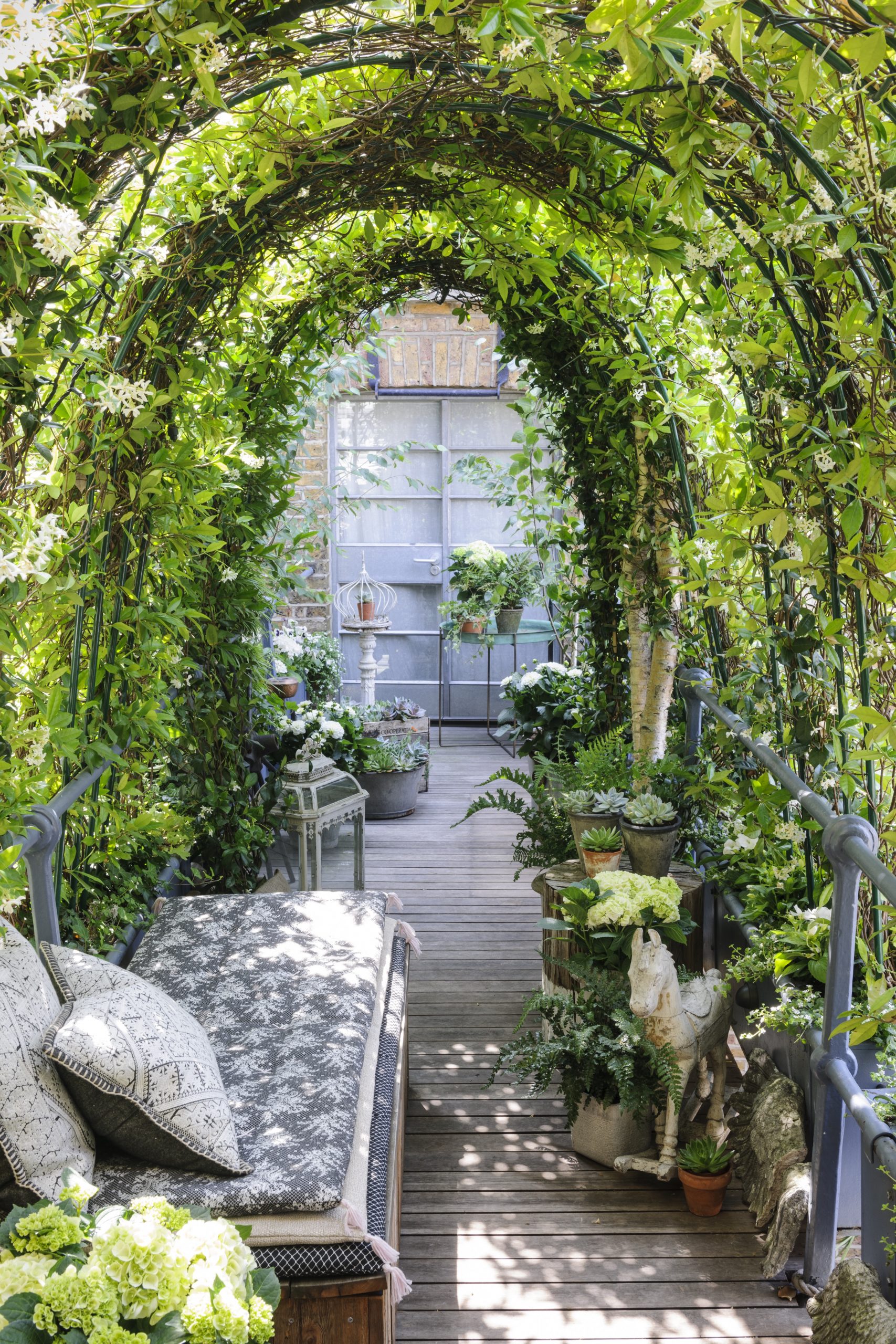

Pink flamingos and fountains; palm trees and cypresses; a Spanish garden; a Tudor garden; a woodland garden…anyone who remembers the roof gardens atop the former Derry & Toms department-store building on Kensington High Street will know that a lack of soil need not be a barrier to the imagination. With a little creativity — and a good structural engineer — almost anything that can be created at ground level can be emulated at altitude.
In the past decade or so, the capital has seen an increasing number of gardens in the sky: it’s now estimated that, at 371 acres (an area larger than Hyde Park), London has more elevated green space than many other high-rise cities, including Singapore and Tokyo, Japan. The Queen Elizabeth Hall Roof Garden, SE1, provides a charmingly bucolic setting for a drink and a chat above the melee of Waterloo’s Southbank. Crossrail Place Roof Garden, E14, is a 3,200sq ft plot of international planting, sweet gums and tree ferns.
And at 120, Fenchurch Street, EC3 (due to re-open later this year) a lift shoots up 15 storeys toward an earthly paradise in the clouds, complete with cordoned pear trees, walls of jasmine and 80 wisteria plants that wind along the canopy structure above.
Make your rooftop garden: Best tips from the experts
- Choose your plants carefully Grasses and evergreen Mediterranean plants, such as rosemary, thyme, lavender and santolina, are all good bets
- Don’t simply place pots around the edge of the space Layer your planting — as you would in a normal garden — and try to create a sense of journey and discovery using taller plants or screens to conceal areas
- Use faux concrete or terracotta planters Pots and planters made of fibreglass will save on weight. Metal planters will need insulating to avoid frying plant roots
- Try to break the wind Don’t try to stop it entirely, as you won’t be able to. Trellis, laser-cut screens or delicate metalwork with plants trained up them are all good bets
- Use durable materials Softwood and plastic are unlikely to last very long
Homeowners are seeing the benefits, too, thanks, in large part, to the past 18 months of semi house arrest. ‘Across the board, everyone feels they need to be surrounded by more greenery or Nature now,’ reveals garden designer Tony Woods of Garden Club London, who estimates he’s seen an uptick of about 35% in enquiries for roof terraces in the past year.
‘People are coming to us because they want to grow vegetables or they want to create a wildlife haven. To take a really stark space that was perhaps only ever visited by a couple of pigeons and see it filled with bees, butterflies, hoverflies — it can be transformational.’
Roof gardens can also transform your lifestyle by increasing your living space, allowing you to cook, entertain or even shower outside and making the most of a view, if you’re lucky enough to have one.
‘It doesn’t have to be big to smell like a garden,’ points out designer Stefano Marinaz. A few scented climbers on a tiny balcony can make a world of difference.
Sign up for the Country Life Newsletter
Exquisite houses, the beauty of Nature, and how to get the most from your life, straight to your inbox.
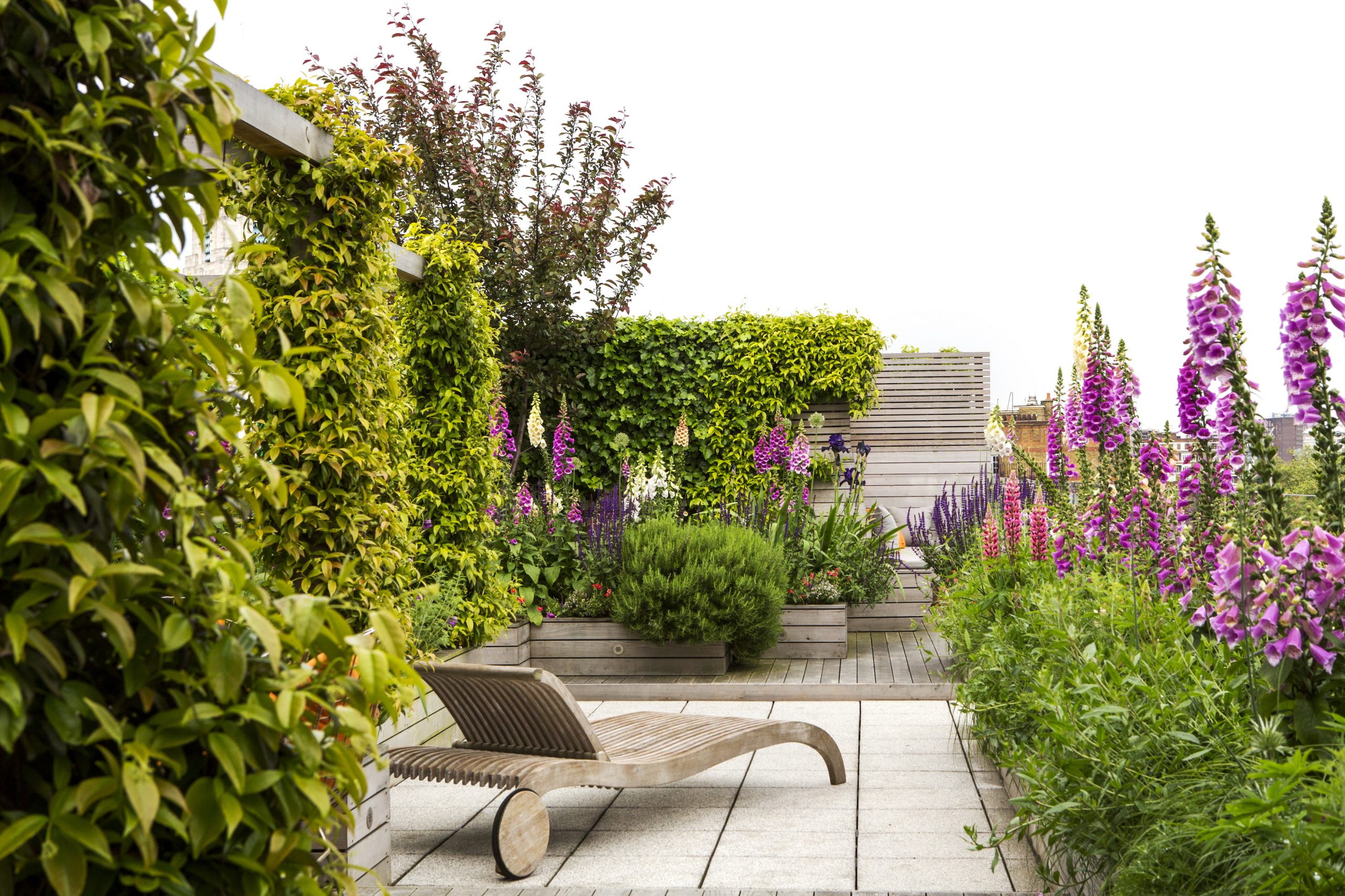
What is more, roof terraces usually require less maintenance than a traditional garden — no lawns to mow, fewer slugs to do battle with and no pesky foxes digging holes.
That’s not to say they’re without issues. Many will require planning permission and you should always check what your building’s weight-bearing capacities are with a structural engineer (plants in pots of damp soil can be very heavy).
You’ll need protection from the sun and the wind: the latter can be extremely drying and, if you’re not able or willing to water plants, you’d be wise to install an irrigation system. You will also need to consider drainage and privacy — for you and your neighbours.
Most importantly, you need to choose plants that can cope with these exposed conditions. ‘There’s more scope than you might think, as long as you plan the type and depth of soil carefully,’ says Mr Woods.
He favours aromatic herbs (sage and creeping rosemary are favourites), hardy succulents, birch and smaller pine trees and grasses that the gardener leaves standing over winter so their seedheads add interest through the colder months.
Grasses are a stand-out feature in one of Mr Marinaz’s recent projects on top of Gasholders — a luxury apartment and penthouse block — in King’s Cross, N16.
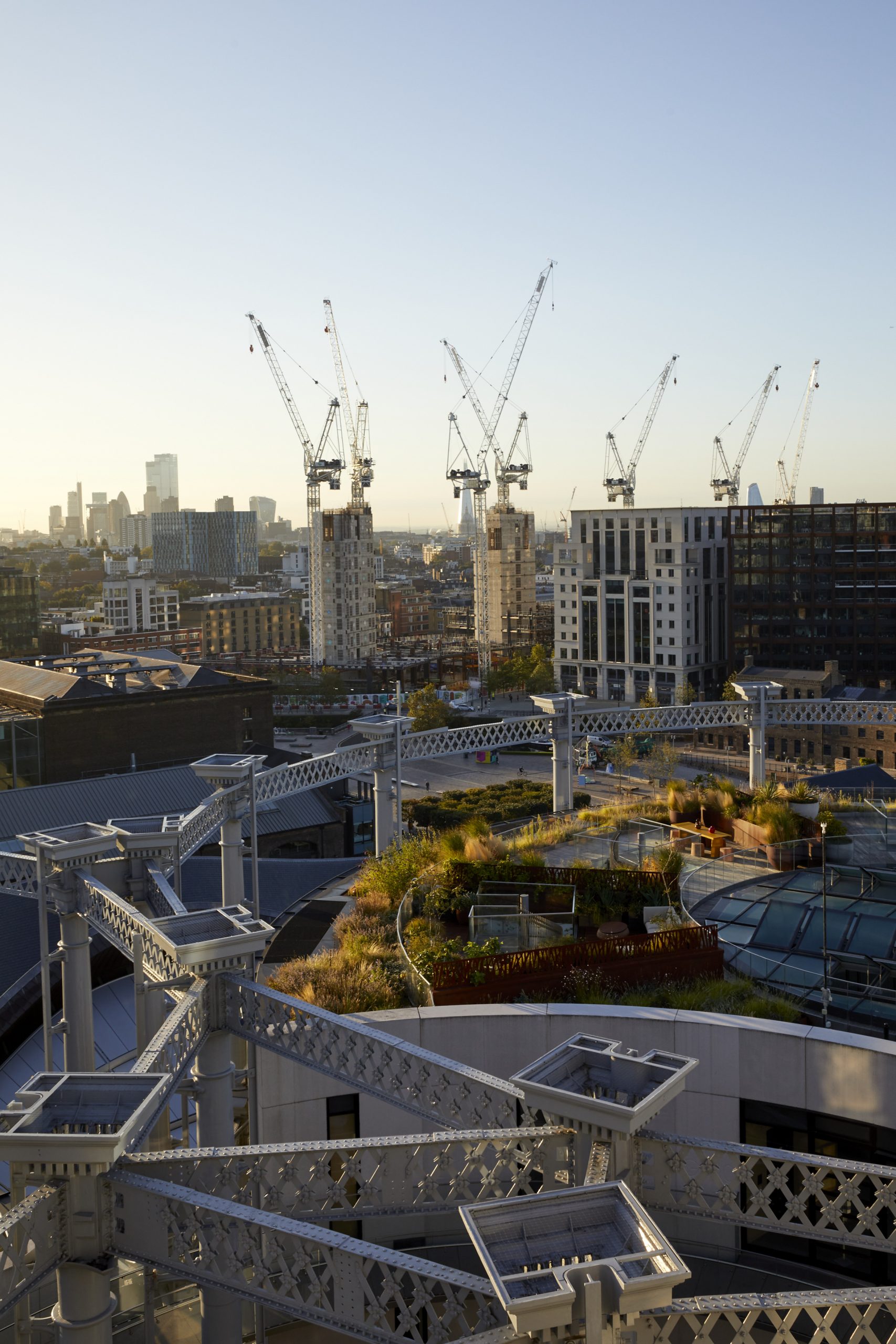
The work was an exercise in drought-tolerant planting — the site simultaneously bakes in the unobstructed sun and is buffeted by cold winds. He planted Anemanthele lessoniana and gaura, Iris ‘Kent Pride’, phlomis and two small golden rain trees (Koelreuteria paniculata), which have panicles of yellow flowers in spring and attractive pendant seed pods in autumn.
‘It needs very little water,’ explains Mr Marinaz, ‘but it still looks fresh, abundant and lush.’
That project was all about foregrounding and framing the fantastic views of the London skyline, but, where no grand prospects are to hand, there is still plenty you can do.
‘A simple water table can be incredibly effective,’ says Mr Woods. ‘Sitting nearby, watching the clouds reflected on the surface — it’s very meditative and calming.’
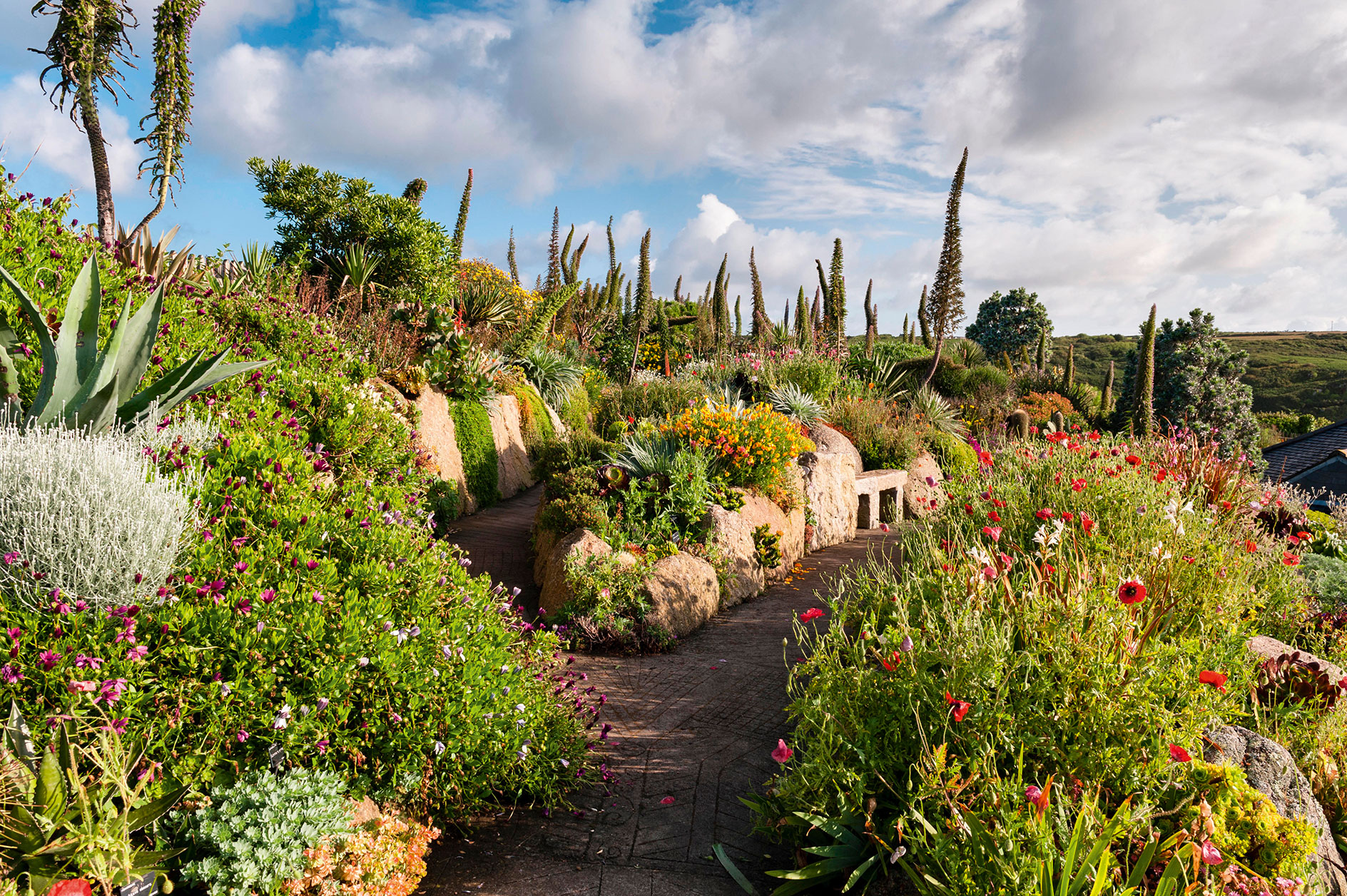
Alan Titchmarsh: How to grow exotic flowers in English country gardens
Alan Titchmarsh shares his tips on bringing exotic blooms to life in the gardens of Britain.
Country Life is unlike any other magazine: the only glossy weekly on the newsstand and the only magazine that has been guest-edited by HRH The King not once, but twice. It is a celebration of modern rural life and all its diverse joys and pleasures — that was first published in Queen Victoria's Diamond Jubilee year. Our eclectic mixture of witty and informative content — from the most up-to-date property news and commentary and a coveted glimpse inside some of the UK's best houses and gardens, to gardening, the arts and interior design, written by experts in their field — still cannot be found in print or online, anywhere else.
-
 Five Cotswold dream homes on the market from £3m to £18m, as seen in Country Life
Five Cotswold dream homes on the market from £3m to £18m, as seen in Country LifeThis week we have a Cotswolds-themed rundown of some of the finest homes to come to the market in this beautiful part of England.
-
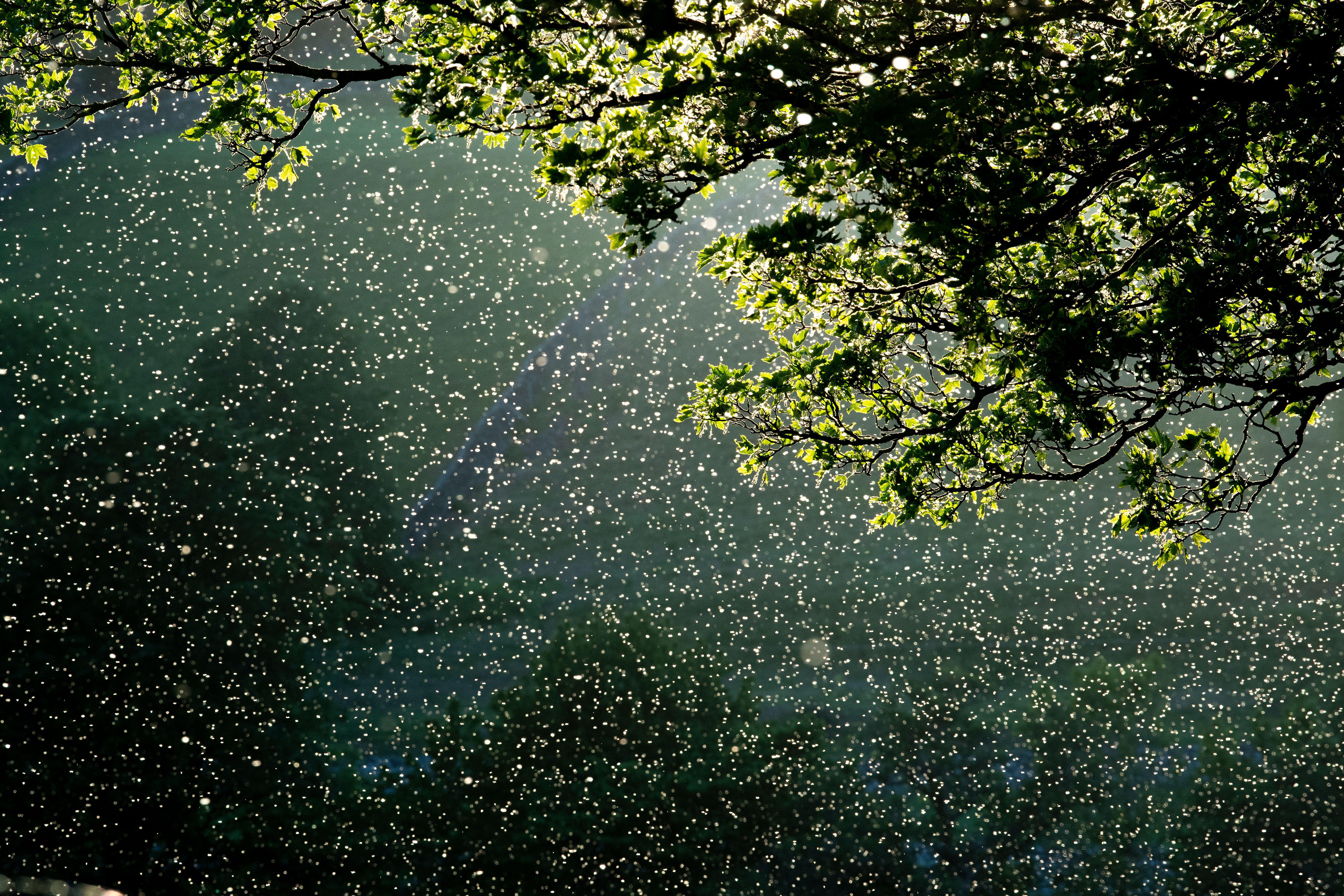 Here Today, Gone Tomorrow: 'Nature’s ephemeral beauty reminds us of our own finite existence'
Here Today, Gone Tomorrow: 'Nature’s ephemeral beauty reminds us of our own finite existence'A withering rosebud, the brevity of blossom and the one-day wonder of the mayfly: Nature’s ephemeral beauty reminds us of our own finite existence, but melancholy transience also offers moments of magic.
-
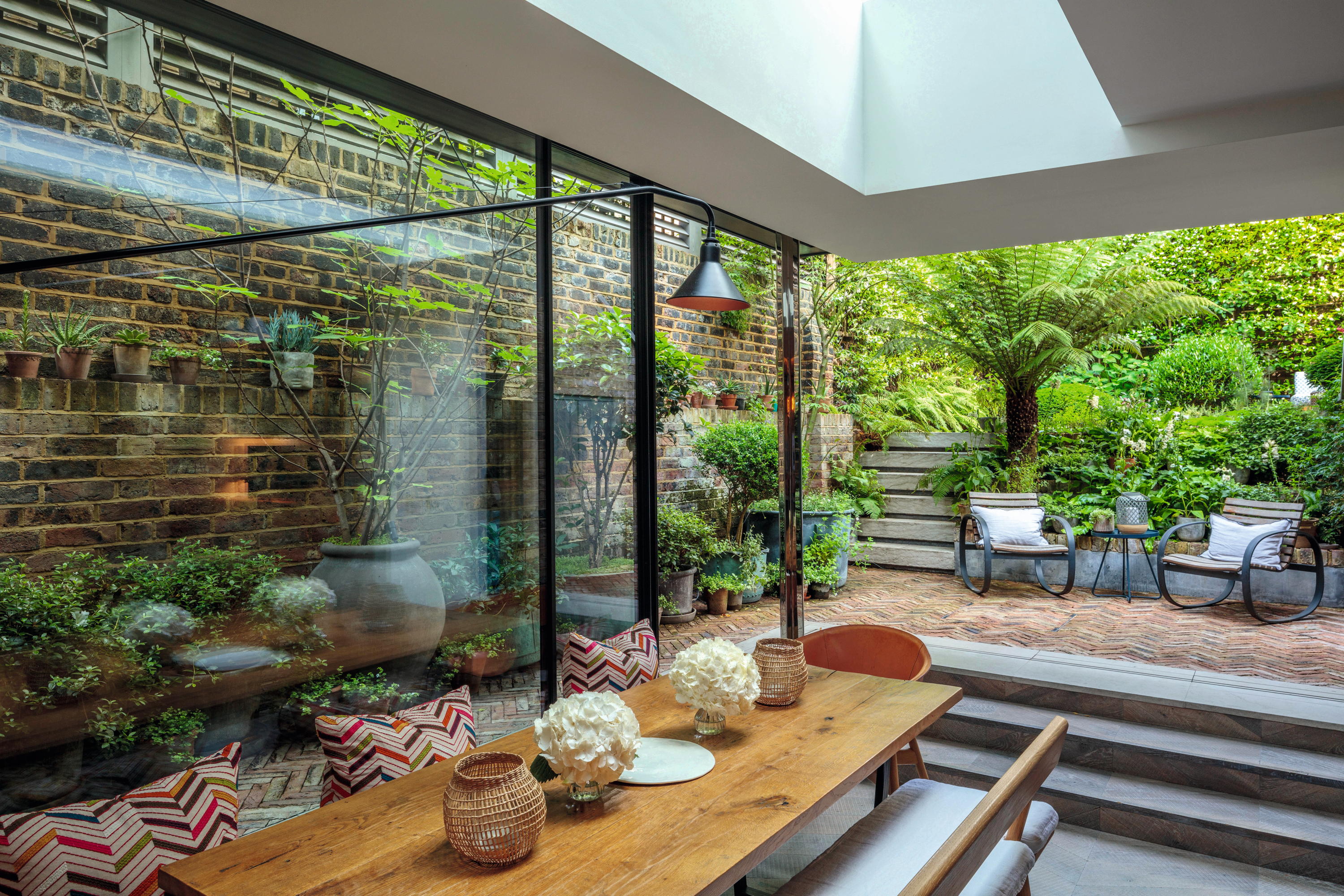 How to make a gloomy city garden into a haven of colour and nature
How to make a gloomy city garden into a haven of colour and natureTiffany Daneff discovers how to transform a typically dark London back garden into a light-filled green haven that is always in use. Photographs by Clive Nichols.
-
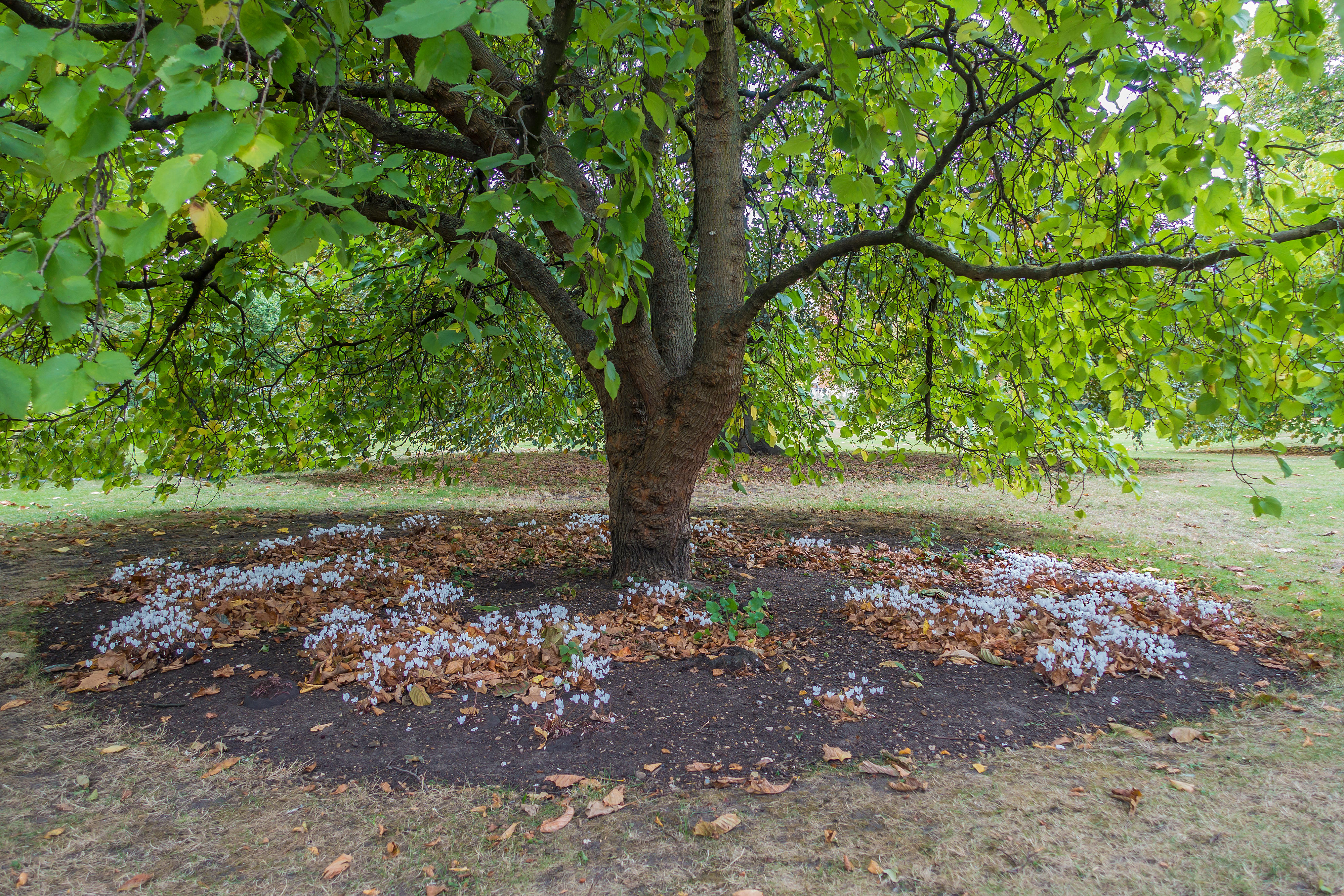 The best places to find magnificent mulberries in London
The best places to find magnificent mulberries in LondonIts fruits were considered a delicacy by the Romans and James I encouraged their planting to boost the silk industry. Jack Watkins seeks them out.